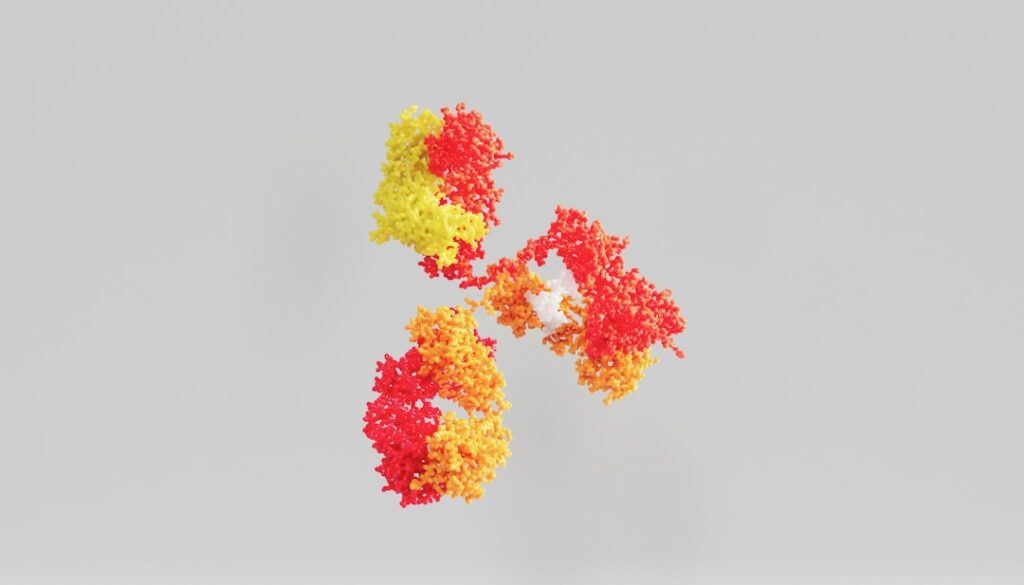
Wax seal stamping has a rich and fascinating history that dates back to ancient civilizations. The use of wax seals can be traced back to the ancient Mesopotamians, who used them to authenticate documents and letters. The practice of using wax seals became more widespread during the Middle Ages, when they were used by monarchs, nobles, and religious institutions to seal important documents and letters. The wax seal served as a form of authentication and security, as it could only be broken by breaking the seal itself, making it clear if a document had been tampered with.
During the Renaissance, wax seals became more elaborate and decorative, with intricate designs and symbols being used to personalize and identify the sender. The use of wax seals continued into the 19th century, when they were commonly used by individuals and businesses to seal letters and documents. With the advent of modern technology, the use of wax seals declined, but they have experienced a resurgence in recent years as a symbol of tradition and elegance.
Key Takeaways
- Wax seal stamping has a long history dating back to ancient civilizations, where it was used as a method of authentication and security.
- Wax seals hold significant cultural and traditional value, often used to signify importance and authority in documents and letters.
- The art of wax seal stamping involves various techniques and materials, including wax, seals, and stamps, to create intricate and personalized designs.
- Modern applications of wax seal stamping include wedding invitations, packaging, and branding, adding a touch of elegance and sophistication.
- Despite the digital age, wax seal stamping is kept alive through enthusiasts and artisans who appreciate the tradition and artistry of the craft.
The Significance of Wax Seals in Tradition and Culture
Wax seals have played a significant role in tradition and culture throughout history. In many cultures, the use of wax seals was a symbol of authority and authenticity. Monarchs and nobles used wax seals to authenticate royal decrees and official documents, while religious institutions used them to seal papal bulls and other important edicts. The use of wax seals also had a practical purpose, as they provided a secure way to seal letters and documents, ensuring that they could not be tampered with.
In addition to their practical uses, wax seals also held symbolic significance. The design and imagery used on wax seals often held personal or familial meaning, serving as a form of identification for the sender. In some cultures, the act of breaking a wax seal was considered a solemn and significant gesture, signifying the opening of an important message or document. Today, wax seals continue to hold cultural significance as a symbol of tradition, elegance, and personalization.
The Art of Wax Seal Stamping: Techniques and Materials
Wax seal stamping is a delicate art that requires precision and attention to detail. The process begins with selecting the appropriate materials, including sealing wax and a metal stamp. Sealing wax comes in a variety of colors and finishes, allowing for customization and personalization. Traditional sealing wax is made from a combination of beeswax and resin, which creates a durable and flexible seal. Modern sealing waxes may also include additives such as pigments or metallic flakes for added visual interest.
The technique of wax seal stamping involves melting the sealing wax and carefully pouring it onto the desired surface, such as an envelope or document. Once the wax has been poured, the metal stamp is pressed into the molten wax to create an impression. The stamp is then carefully lifted away, leaving behind a crisp and detailed design in the cooled wax. The art of wax seal stamping requires patience and practice to master, as achieving a clean and precise impression can be challenging. However, with dedication and attention to detail, individuals can create beautiful and personalized wax seals that add a touch of elegance to their correspondence.
Modern Applications of Wax Seal Stamping
| Application | Usage |
|---|---|
| Invitations | Weddings, parties, events |
| Packaging | Gift wrapping, product packaging |
| Personalization | Letters, cards, gifts |
| Brand Identity | Business logos, branding |
While wax seal stamping has historical roots, it has found modern applications in various industries and personal uses. In the world of business, wax seals are often used to add a touch of sophistication to corporate correspondence, such as invitations, thank-you notes, or product packaging. Many luxury brands and high-end businesses use wax seals as a way to elevate their branding and create a memorable impression on their customers.
In addition to business applications, wax seal stamping has also found popularity in the world of weddings and special events. Couples often use wax seals to add a personalized touch to their wedding invitations or to seal their thank-you notes. The use of wax seals in this context adds an element of romance and tradition to the event, creating a lasting impression on guests.
Furthermore, individuals have also embraced wax seal stamping as a form of artistic expression. Many artists and crafters use wax seals to embellish their handmade cards, art prints, or other creative projects. The versatility of sealing wax allows for endless possibilities in terms of color, texture, and design, making it a popular choice for those looking to add a unique and personalized touch to their creations.
Preserving Tradition: How Wax Seal Stamping is Kept Alive
Despite the advancements in technology, the tradition of wax seal stamping has endured through the efforts of enthusiasts and artisans who are dedicated to preserving this ancient art form. Many individuals have taken up the practice of wax seal stamping as a hobby, using it as a way to connect with history and tradition. These enthusiasts often gather at workshops or online communities to share techniques, tips, and inspiration for their wax seal stamping projects.
In addition to individual efforts, there are also organizations and societies dedicated to the preservation of wax seal stamping. These groups often host events, exhibitions, and educational programs aimed at promoting the art of wax seal stamping and educating the public about its historical significance. By fostering a sense of community and camaraderie among enthusiasts, these organizations play a crucial role in keeping the tradition of wax seal stamping alive for future generations.
Wax Seal Stamping in the Digital Age

In today’s digital age, the art of wax seal stamping has found new life through social media and e-commerce platforms. Many artisans and small businesses have embraced wax seal stamping as a way to differentiate their products in a crowded marketplace. By incorporating wax seals into their branding and packaging, these businesses are able to create a unique and memorable experience for their customers.
Furthermore, social media has played a significant role in popularizing wax seal stamping among a new generation of enthusiasts. Platforms such as Instagram and Pinterest have become hubs for sharing inspiration, techniques, and tutorials related to wax seal stamping. This digital community has allowed individuals from around the world to connect and collaborate on their wax seal stamping projects, fostering creativity and innovation within the craft.
Tips for Creating and Preserving Your Own Wax Seal Stamp Art
For those interested in trying their hand at wax seal stamping, there are several tips to keep in mind to ensure success. First and foremost, it’s important to invest in high-quality sealing wax and metal stamps to achieve clean and detailed impressions. Experimenting with different colors and finishes can also add visual interest to your projects.
When melting the sealing wax, it’s crucial to exercise caution to avoid burns or spills. Using a low-temperature glue gun or melting spoon can help control the flow of the wax and prevent accidents. Additionally, practicing on scrap paper or envelopes can help refine your technique before working on your final project.
To preserve your wax seal stamp art, it’s important to store your finished pieces in a cool, dry place away from direct sunlight or heat sources. This will help prevent the wax from melting or becoming discolored over time. By following these tips and techniques, individuals can create beautiful and lasting wax seal stamp art that pays homage to this timeless tradition.
Looking to add a touch of elegance and sophistication to your correspondence? Consider incorporating wax seal stamps into your stationery. These timeless and classic embellishments can elevate any invitation, letter, or card. To learn more about the art of wax seal stamping and how to use it effectively, check out Gulf One Design’s insightful article on the subject here. Whether you’re a seasoned pro or a beginner in the world of wax seals, this article offers valuable tips and inspiration for creating stunning and memorable pieces.
FAQs
What is a wax seal stamp?
A wax seal stamp is a tool used to create a decorative seal on letters, envelopes, or documents. It typically consists of a metal or wooden handle and a removable metal stamp head with a design or initial.
How is a wax seal stamp used?
To use a wax seal stamp, a small amount of sealing wax is melted and dripped onto the desired surface. The stamp is then pressed into the melted wax to create a raised impression. Once the wax has cooled and hardened, the stamp is removed, leaving behind a decorative seal.
What is sealing wax?
Sealing wax is a type of wax that is specifically designed for creating seals. It is available in various colors and can be used with a wax seal stamp to add a decorative and personalized touch to letters, invitations, and other documents.
What are the different types of wax seal stamps?
Wax seal stamps come in a variety of designs, including initials, monograms, symbols, and decorative patterns. They can also be customized with personalized designs or logos. Additionally, there are different sizes and shapes of stamp heads available to suit individual preferences.
What are the historical uses of wax seal stamps?
Wax seal stamps have been used for centuries as a method of authenticating documents and correspondence. They were commonly used by royalty, nobility, and government officials to seal important letters and official documents. Today, wax seal stamps are often used for decorative and personal purposes.


